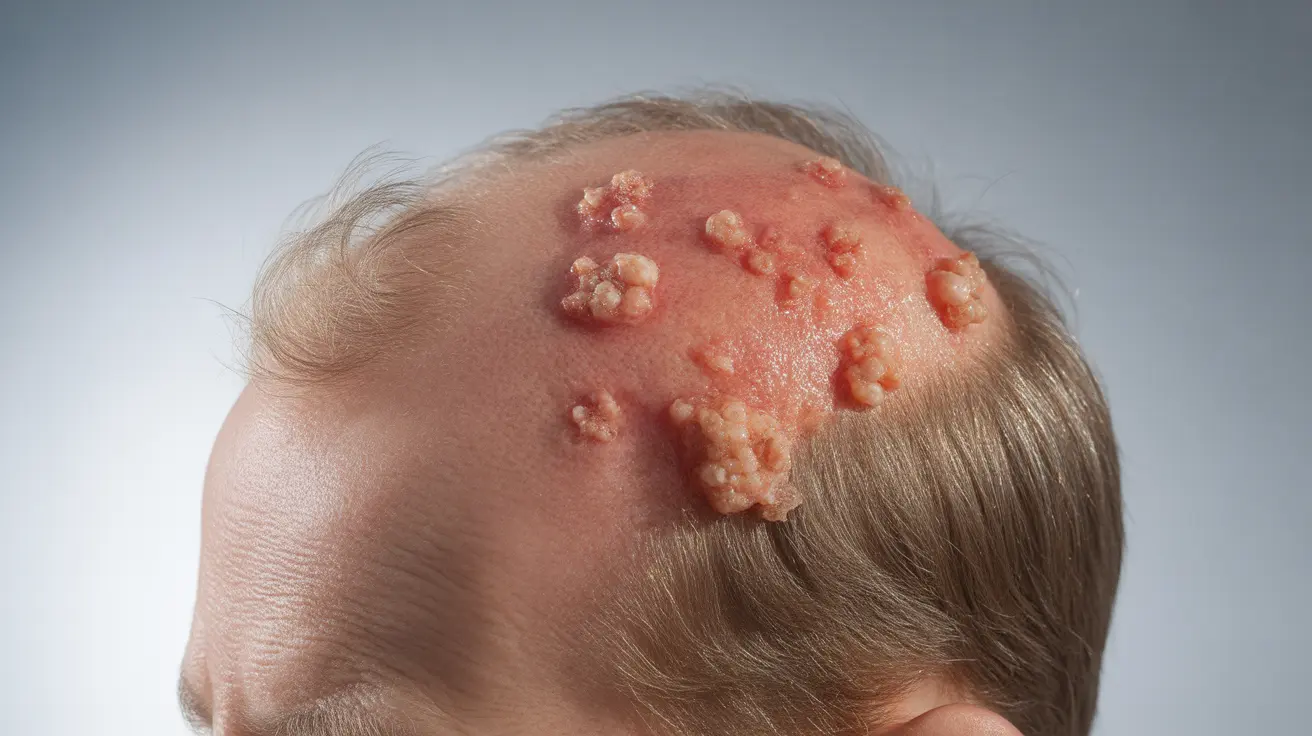Shingles on the scalp is a painful viral infection caused by the reactivation of the varicella-zoster virus, the same virus responsible for chickenpox. When this condition affects the scalp, it can be particularly distressing, causing unique challenges and complications that require specific attention and treatment approaches.
Understanding the distinctive characteristics of scalp shingles is crucial for early detection and proper management. This comprehensive guide will explore the symptoms, treatment options, and prevention strategies specific to shingles affecting the scalp region.
Understanding Scalp Shingles
Shingles on the scalp occurs when the dormant chickenpox virus reactivates in the nerve tissues beneath the skin of the scalp. This reactivation typically happens years or decades after the initial chickenpox infection, often when the immune system is compromised due to stress, illness, or aging.
Early Warning Signs and Symptoms
The initial symptoms of scalp shingles often begin before any visible rash appears. Early warning signs may include:
- Tingling or burning sensation on the scalp
- Increased sensitivity to touch in specific areas
- Headaches or scalp pain
- Mild fever and fatigue
- Sensitivity to light
These early symptoms typically affect one side of the scalp, following the pattern of the affected nerve.
Characteristic Rash Development
After the initial symptoms, the distinctive shingles rash typically appears within 1-5 days:
- Red patches on the scalp
- Fluid-filled blisters
- Clusters of small bumps
- Crusty lesions as blisters heal
Complications and Risk Factors
Shingles on the scalp can lead to several complications if not properly treated:
- Postherpetic neuralgia (ongoing nerve pain)
- Temporary or permanent hair loss
- Secondary bacterial infections
- Scarring of the scalp
- Vision problems if the infection spreads near the eyes
Treatment Approaches
Early treatment is essential for managing scalp shingles effectively. Treatment typically includes:
Antiviral Medications
Prescription antiviral drugs such as acyclovir, valacyclovir, or famciclovir are most effective when started within 72 hours of rash onset.
Pain Management
Pain control options may include:
- Over-the-counter pain relievers
- Prescription pain medications
- Topical treatments
- Cool compresses
Scalp Care
Proper scalp care during shingles infection is crucial:
- Gentle cleansing with mild shampoo
- Avoiding harsh hair treatments
- Keeping the affected area clean and dry
- Using prescribed medicated solutions as directed
Prevention and Risk Reduction
Several preventive measures can help reduce the risk of developing shingles or minimize its severity:
- Getting vaccinated with Shingrix (recommended for adults 50 and older)
- Managing stress levels
- Maintaining a healthy immune system
- Regular medical check-ups
- Proper nutrition and rest
Frequently Asked Questions
What are the common symptoms of shingles on the scalp?
Common symptoms include tingling or burning sensation, followed by a painful rash with fluid-filled blisters on one side of the scalp. Other symptoms may include headaches, fever, and sensitivity to touch in the affected area.
How is shingles on the scalp diagnosed and treated?
Diagnosis is typically based on symptoms and visual examination of the characteristic rash. Treatment includes antiviral medications, pain management, and proper scalp care. Early treatment within 72 hours of symptom onset is crucial for best outcomes.
Can shingles on the scalp cause hair loss or permanent scalp damage?
Yes, shingles on the scalp can cause temporary hair loss in the affected area. While hair usually grows back, some people may experience scarring or permanent hair loss in severe cases. Proper treatment can help minimize these risks.
How contagious is shingles on the scalp, and how can I prevent spreading it to others?
While shingles itself isn't contagious, the virus can spread to people who haven't had chickenpox, causing chickenpox infection. Keep the rash covered, avoid touching or scratching it, and maintain good hand hygiene to prevent transmission.
Is there a vaccine to prevent shingles on the scalp and its complications?
Yes, the Shingrix vaccine is recommended for adults 50 and older to prevent shingles and its complications. It is over 90% effective at preventing shingles and provides protection for at least five years.




